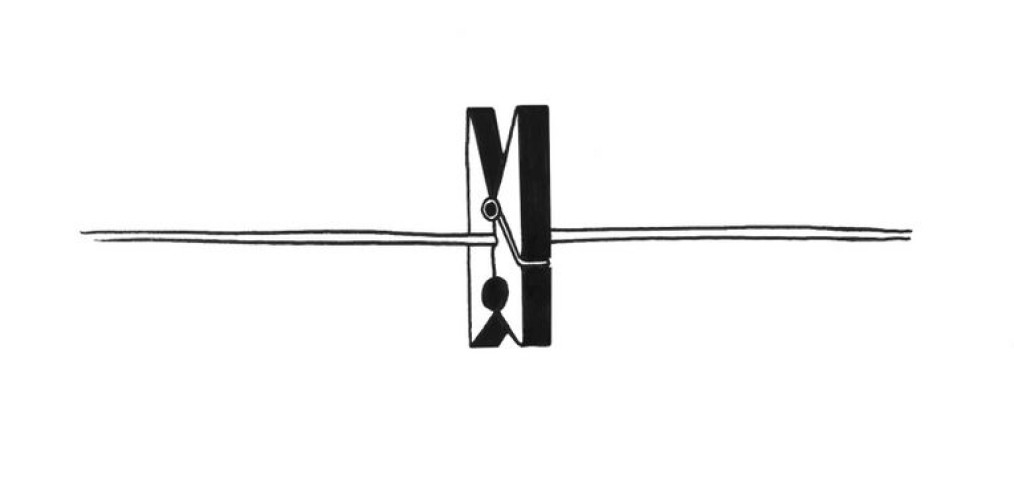
Keep it real
Author: Jacopo Ferrari
When I first saw the Clothes Horse, it immediately caught my eye.
As my working day usually begins with a coffee and a fast but casual scroll through design blogs, I bump into lots of young designers and their projects every week. Still half asleep, boredom invariably overtakes me as tons of stools, decorative vessels and lamps, candleholders and low tables appear before my eyes. A good example can be given by this gallery, where design trendsetter Wallpaper selects the best projects by students of the year.
Does the Clothes Horse work well? Is its unusual shape good or bad? I don’t know, but at least it explores an object typology that is important and critical in most of young professionals lives.
Which could be made a lot easier by a clever drying rack than by a fancy looking candleholder.

Lots of young designers describe their products as capable to enhance some moments, emphasize some rituals or make an atmosphere special. I’ve seen glasses designed to enhance whisky drinking and special tools emphasizing the act of eating ice-cream. Seriously, isn’t drinking enhanced by whom you drink with whatever the glass you use? Isn’t ice cream better if eaten on a warm summer evening, and fuck special tools?
Shouldn’t objects be intended to be helpers, ready to rest quietly after their duty is completed, rather than status symbols imposing their annoying presence? Considering the lifestyle of most young people (at least in Europe), shouldn’t they be first and foremost compact, affordable, solid, easy to use and to clean, thus responding to real needs?

These real needs are usually fulfilled, in the houses of young individuals (including, of course, young designers houses) by Ikea furniture and objects. Ikea has been accused of plagiarism, bad quality of products, bad conditions for workers, unfair marketing techniques, murder of crafts, being founded by a former pro-nazi and I would also add how shamefully bad their free pencils are.
But it has a very good point, one that goes beyond the benefits of flatpacking and even beyond low price: most of the times, it just makes your life easier.
Even if we are well aware of Ikea’s controversial points, shouldn’t we acknowledge its success and design tools for making life easier, leaving the task of making it special to people around us? And if the answer is yes, how can this purpose be achieved?
I think we should look at ourselves. Konstantin Grcic’s Mayday lamp is described by the designer as “a very personal product. I designed it almost for myself because I wanted to have this kind of lamp. I designed it to please myself. […] I found out that something so personal for me would have a quality as a product for other people.”

Same goes for most of Achille Castiglioni’s projects, most of which were born as a response to his own domestic needs. Think, for instance, about his switch, which has a clever convex top and a groove helping your finger to find the button in the darkness.

Successful and meaningful products often come from realistic observation of reality and non-superficial scenarios from daily life and personal experience. So is there a logic in being between 20 and 35 years old and designing boring status symbols for rich middle-age people? Or could young designers take their uncertain and low-budget daily life as inspiration to try reducing the distance that divides today design from people’s needs?




